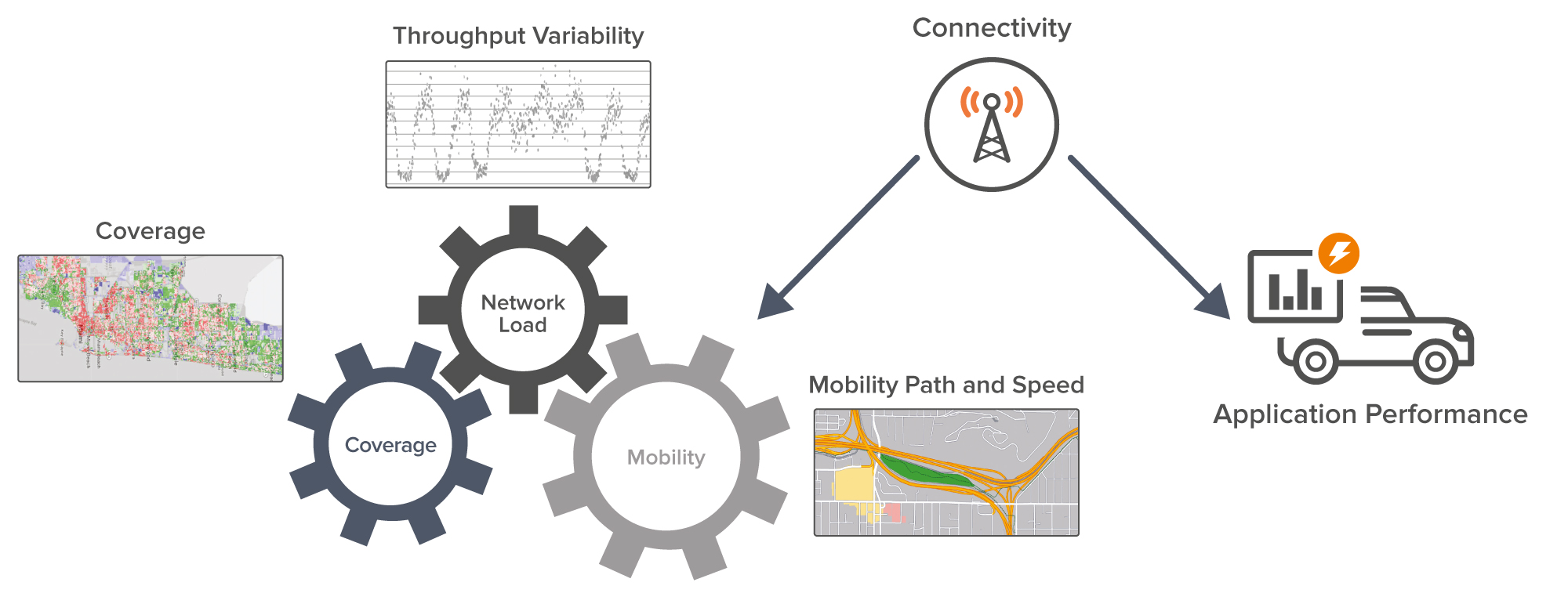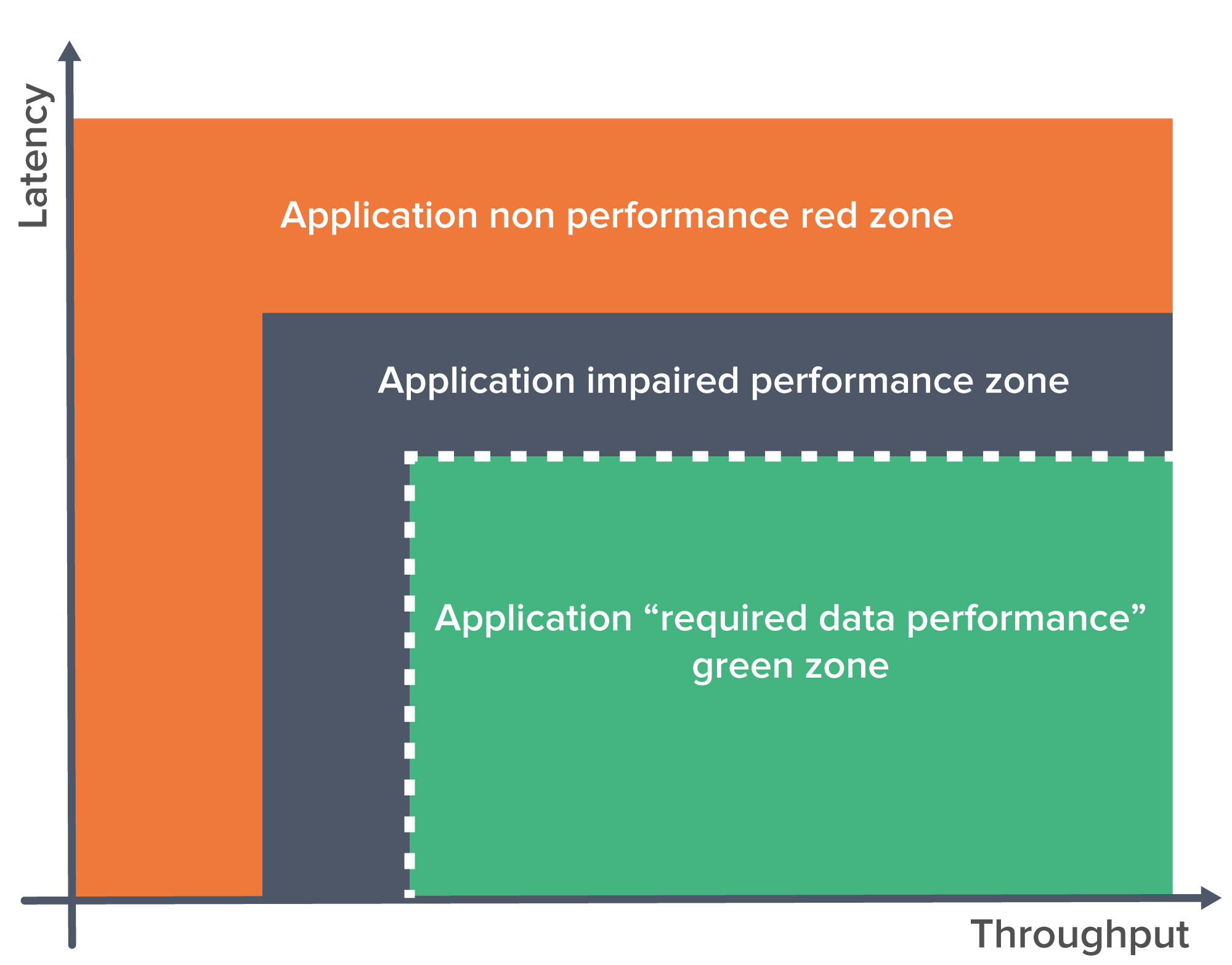Addressing the challenges of designing, deploying and operating connected mobile applications
The smartphone has ushered in the era of powerful mobile apps used by billions of consumers each day. The next evolutionary step is underway as connected mobile applications start to enter the commercial realm within areas such as automotive, transportation and industry 4.0.
As Tim Brooks, business development & product marketing director at Infovista says, the scale of the opportunity is vast. For example, less than 10% of the 1.6 billion vehicles on the road currently support connected features. As connected applications become more useful, they also tend to become more mission-critical – increasing the consequences from poor connectivity which can result in customer dissatisfaction, business impact and compromised safety.
The mobile connectivity design challenge
The goal is for connected applications to outperform user expectations, wherever and whenever they are needed to be used. However, wireless connectivity is variable a key factor that needs to be considered when it comes to designing and operating connected automotive and industrial applications.
Designs and use cases need to consider application connectivity needs in respect to network coverage, intended mobility and network performance with the latter including capacity versus load.The challenge of designing connected mobile applications is understanding how the interplay between these complex factors will affect connectivity and the resulting impact on application performance.
Connectivity from the application perspective
Network providers typically focus on delivering network coverage and Quality of Service (QoS) and they do this by monitoring and optimising Key Performance Indicators (KPIs) such as data throughput and cell loading. Since these KPIs are measured at the network “end” of the wireless link, the reporting is focused on average rather than individual performance and user experience.
This can be quite different from the connectivity viewed from the application perspective particularly when mobility and device performance is taken into account. Consider an average operator defined performance score of 5 for example that could be six OK users with scores of 5,5,5,5,5,5 or six users with scores 9,1,9,1,9,1 three happy and three unhappy. This illustrates how reporting averages can miss identifying individual user or application problems creating a critical need to measure and monitor connectivity performance at the application end of the wireless link.

For developers of connected automotive and industrial applications that deliver mission-critical functionality, it is vital to understand how the application will perform during intended mobility across periods of poor connectivity.
Predictive connectivity
Consider designing an application that is intended to be used by a fleet of vehicles, or connected cars operating in a typical city. Different applications require varying throughput, latency and continuity of connectivity for effective operation. (indicated in the green zone in figure 2).
Predictive connectivity shows if, where and how often application performance will be impacted, across the intended area of mobile use and with what consequences.If the predicted outcomes aren’t satisfactory, then there are three options; improve the network to address poor connectivity areas, change the application connectivity reliance, or “train” the application to cope with the variability it will encounter.
This connected mobility perspective can be leveraged to aid application design, simulation and testing. It’s supplemented by ongoing monitoring during operation to provide a feedback loop able to catch degradation over time aiding in continuous improvement.

On-board connectivity monitoring
Many of the “smart” use cases involving mobile application connectivity will be ground-breaking and as such will likely have teething issues that can be difficult to pin down. The connectivity delivery chain is complex involving client, device, modems, connection, location, cloud, data centre and hosted services. This complexity can make fault diagnosis and remediation challenging. Monitoring connectivity and application performance provides visibility into customer experience and application performance over time and gives early warning of satisfaction and safety issues. This problem identification visibility, combined with analysis of the collected data, helps identify whether the cause is poor connectivity, application issues or modem (hardware) issues.
Take, for example, a connected car owner reports a fault with an onboard application such as In-car hotspot. The root cause may reside within a faulty component such as the hotspot or the on-board modem (TCU) or alternatively it may be a network issue. Before connectivity monitoring, the dealership replaces the TCU to solve the problem – only to have the unhappy customer return reporting it not fixed.
In this real-world use case, the problem ended up being network related. This expensive and time-consuming trial and error approach to problem fixing can be avoided with onboard connectivity monitoring – with the ability to examine the connectivity profile of the vehicle, not just when its stationary within the service garage, but across its journeys to identify where the fault is occurring.
Conclusion
There are multiple factors to consider during application design, testing and then ongoing operations to achieve trusted connected mobility application performance.Through a combination of on-board monitoring and predictive connectivity, developers and service providers can optimise connected application performance and minimise risks from performance issues.
The author is Tim Brooks, business development & product marketing director, Infovista.
Comment on this article below or via Twitter: @VanillaPlus OR @jcvplus






